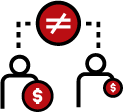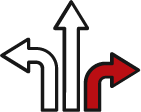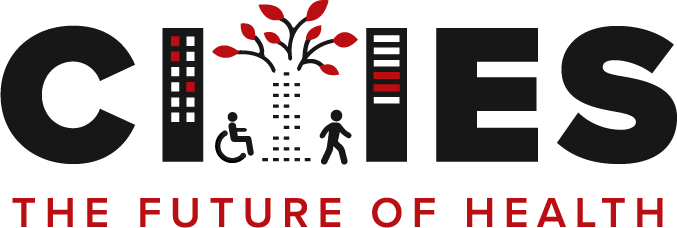Frontline Blog
Root causes: Understanding the drivers of inequity
May 2022

Systems of power that govern the distribution of resources through decision-making structures, policies, practices, norms, and values can help or harm individuals and the communities in which they live.
ChangeLab Solutions refers to these systems as fundamental drivers of health inequity.[i] Here are some of the fundamental drivers that most affect public health:

Structural discrimination: Laws and public policies, institutional practices, cultural representations, and other norms that work in various, often reinforcing ways to perpetuate group inequity. Structural discrimination is generally based on categories of identification, such as race, gender, sexual orientation, social class, and immigration status. Even policies designed to protect groups, if implemented unjustly in a systemic fashion, can perpetuate structural discrimination.

Income inequality and poverty: Systems of power play a central role in both concentrating wealth among the wealthy and making it difficult for those who are impoverished to escape poverty. One example is community disinvestment, wherein communities are allocated fewer resources and denied critically needed investments, which can result in chronic community-wide neglect, disenfranchisement, abandonment, and demolition. Further, building wealth is also a challenge hindered by lack of homeownership (a key way people build wealth) due to redlining and other policies that continue to harm communities of color in particular.

Disparities in opportunity: Inequitable access to quality education and economic opportunities creates fundamental barriers to health and widens gaps in wealth and health between marginalized communities and wealthier communities.

Disparities in political power: Communities with insufficient political power find it difficult to make their problems and needs visible to government and institutional decisionmakers. This disparity is exacerbated by voting laws that create barriers to democratic participation and civic engagement. Those with greater political representation and input ultimately have the power to influence legal, political, and budgetary decisions.

Governance that limits meaningful participation: Governance is the process of aligning stakeholders and reaching agreement. Governance structures determine how power is distributed and exercised in decision-making that shapes places as well as access to resources and opportunities. However, in communities where civic participation is restricted, suppressed, or disincentivized, community-wide issues become easy to ignore and the power of these communities is perpetually diminished.
